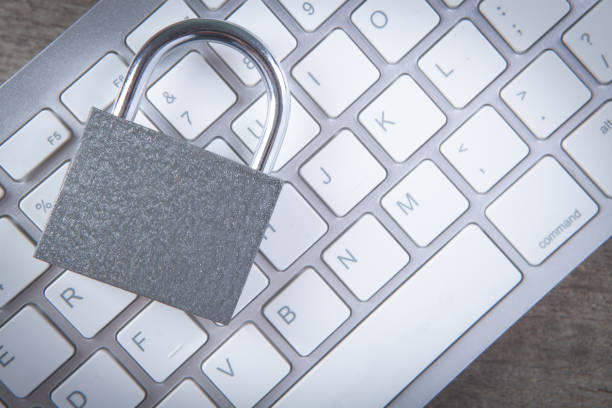In today’s digital world, passwords are a necessary evil. While they are supposed to keep your data secure, they are also the weakest link in cybersecurity. Passwords can be easily compromised through phishing attacks, brute force attacks, and other methods, leading to data breaches, financial losses, and identity theft. However, a new trend is emerging in cybersecurity -passwordless authentication solutions. This article will explore the rise of passwordless security solutions and their key benefits.
What Are Passwordless Security Solutions?
Passwordless security solutions are authentication methods that do not require passwords or passphrases to verify the user’s identity. Instead of relying on something the user knows (passwords), passwordless authentication methods use something the user has (such as a physical device or a biometric identifier) or something the user is (such as their fingerprint, face, or voice).
Examples Of Passwordless Authentication Methods Include
Biometric authentication: This uses physical characteristics such as fingerprints, face recognition, iris recognition, or voice recognition to verify the user’s identity.
Token-based authentication: It involves using a physical device such as a USB key, smart card, or mobile phone to authenticate the user.
Contextual authentication: This uses contextual information such as the user’s location, time, or behaviour patterns to authenticate the user.
The Benefits Of Passwordless Security Solutions
Increased security
One of the main benefits of passwordless security solutions is increased security. Passwords are authenticated for today’s most common form. They can be easily guessed, phished, or stolen, and users often reuse the same passwords for multiple accounts. On the other hand, passwordless authentication methods are much harder to crack. Biometric authentication, for example, is nearly impossible to spoof, and token-based authentication requires physical access to the device.
Improved user experience
Another benefit of passwordless security solutions is improved user experience. Passwords can be a source of frustration for users, who often need to remember their passwords or have to reset them frequently. Passwordless authentication methods eliminate the need for users to remember passwords, making the authentication process much easier and faster. Users can use their biometric identifier or physical device to authenticate themselves without entering a password.
Cost savings
Implementing passwordless security solutions can also lead to cost savings for organisations. Password-related issues such as password resets, forgotten passwords, and account lockouts can be time-consuming and costly for IT departments. Passwordless authentication methods can reduce the number of password-related issues, freeing up IT resources and reducing support costs.
Compliance with regulations
Passwordless security solutions can also help organisations comply with regulations. These regulations require organisations to implement appropriate security measures to protect personal data. Passwordless authentication methods are more secure than passwords and thus can help organisations meet compliance requirements.
Flexibility and scalability
Finally, passwordless authentication solutions offer flexibility and scalability. These authentication methods can be used in various settings, from corporate offices to remote locations. They can also be easily scaled to accommodate growing organisations or changing business needs. For example, token-based authentication can be used to secure remote access for employees, while biometric authentication can be used to secure physical access to sensitive areas.




